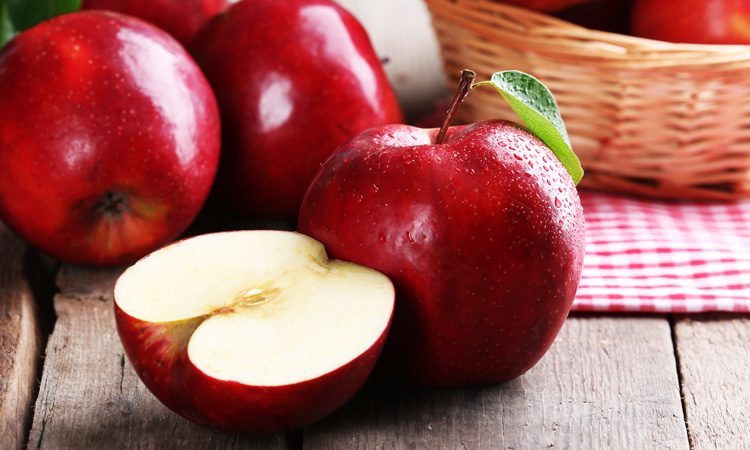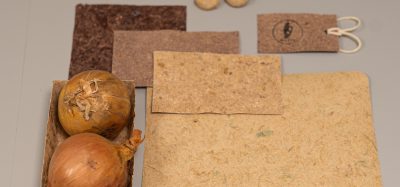Pesticide on fruit detected in minutes thanks to new technology
- Like
- Digg
- Del
- Tumblr
- VKontakte
- Buffer
- Love This
- Odnoklassniki
- Meneame
- Blogger
- Amazon
- Yahoo Mail
- Gmail
- AOL
- Newsvine
- HackerNews
- Evernote
- MySpace
- Mail.ru
- Viadeo
- Line
- Comments
- Yummly
- SMS
- Viber
- Telegram
- Subscribe
- Skype
- Facebook Messenger
- Kakao
- LiveJournal
- Yammer
- Edgar
- Fintel
- Mix
- Instapaper
- Copy Link
Posted: 7 June 2022 | Abi Sritharan (New Food) | No comments yet
A new nano-sensor that can detect pesticides on fruit in minutes has been created in Sweden.


Researchers from Karolinska Institutet in Sweden have developed a sensor for detecting pesticides on fruit in mere minutes. The proof-of-concept technique, described in the journal Advanced Science, uses flame-sprayed nanoparticles made from silver to increase the signal of chemicals. The researchers hope these nano-sensors could help uncover food pesticides before consumption.
“Reports show that up to half of all fruits sold in the EU contain pesticide residues that in larger quantities have been linked to human health problems,” said Georgios Sotiriou, principal researcher at the Department of Microbiology, Tumor and Cell Biology at Karolinska Institutet, and a co-author of the study. “However, current techniques for detecting pesticides on single products before consumption are restricted in practice by the high cost and cumbersome manufacturing of its sensors. To overcome this, we developed inexpensive and reproducible nano-sensors that could be used to monitor traces of fruit pesticides at, for example, the store.”
According to the paper, the technology – known as surface-enhanced Raman scattering or SERS – has been used in several research fields, but high production costs and other limits have so far hindered widespread application in food safety diagnostics.
In this study, the researchers created a SERS nano-sensor by using flame spray – a technique for depositing metallic coating – to deliver small droplets of silver nanoparticles onto a glass surface.
A nano-sensor developed by KI researchers @HaipengLi8 and @geosotiriou can detect #pesticides on fruit in just a few minutes. The technique uses flame-sprayed nanoparticles made from silver and is described in a new paper in Advanced Science. #foodsafety https://t.co/e2Wc1ExGFB pic.twitter.com/VAn4q6kTL8
— Karolinska Institutet (@karolinskainst) June 7, 2022
“The flame spray can be used to quickly produce uniform SERS films across large areas, removing one of the key barriers to scalability,” said Haipeng Li, a postdoctoral researcher in Sotiriou’s lab and co-author of the study.
The researchers then finetuned the distance between the individual silver nanoparticles to enhance their sensitivity, and applied a thin layer of tracer dye on top of the sensors and used a spectrometer to uncover their molecular fingerprints. The sensors reliably detected the molecular signals and their performance remained intact when tested again after more than two months, which “underscores their shelf life potential and feasibility for large-scale production”, according to the researchers.
To test the sensors’ practical application, the researchers calibrated them to detect low concentrations of parathion-ethyl, an agricultural insecticide that is banned or restricted in most countries. A small amount of parathion-ethyl was placed on part of an apple, and the sensors confirmed the presence of the pesticides.
“Our sensors can detect pesticide residues on apple surfaces in a short time of five minutes without destroying the fruit,” said Li. “While they need to be validated in larger studies, we offer a proof-of-concept practical application for food safety testing at scale before consumption.”
Following the success of this invention, the researchers want to explore if the nano-sensors can be applied to other areas too.
Related topics
Contaminants, Environment, Food Safety, Pesticides, Research & development, Technology & Innovation








